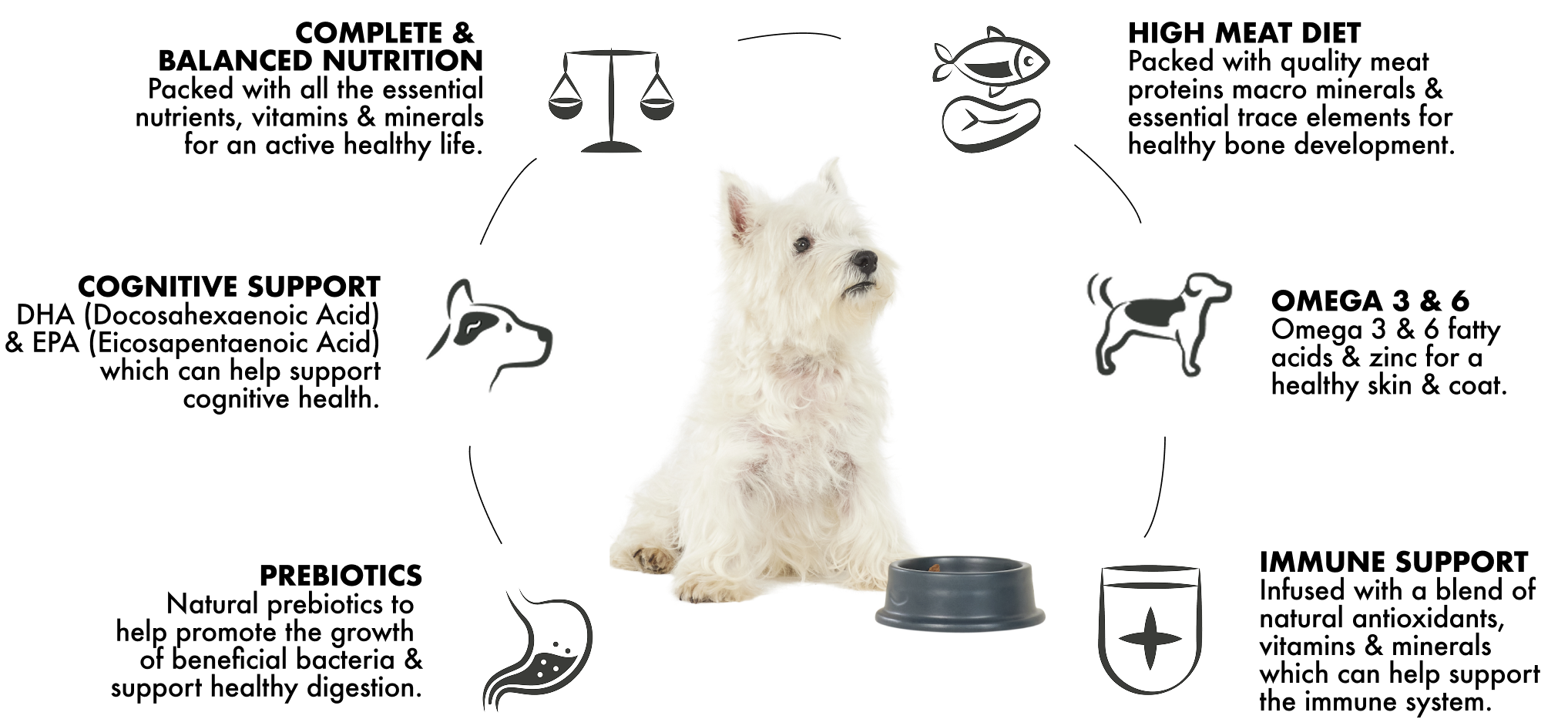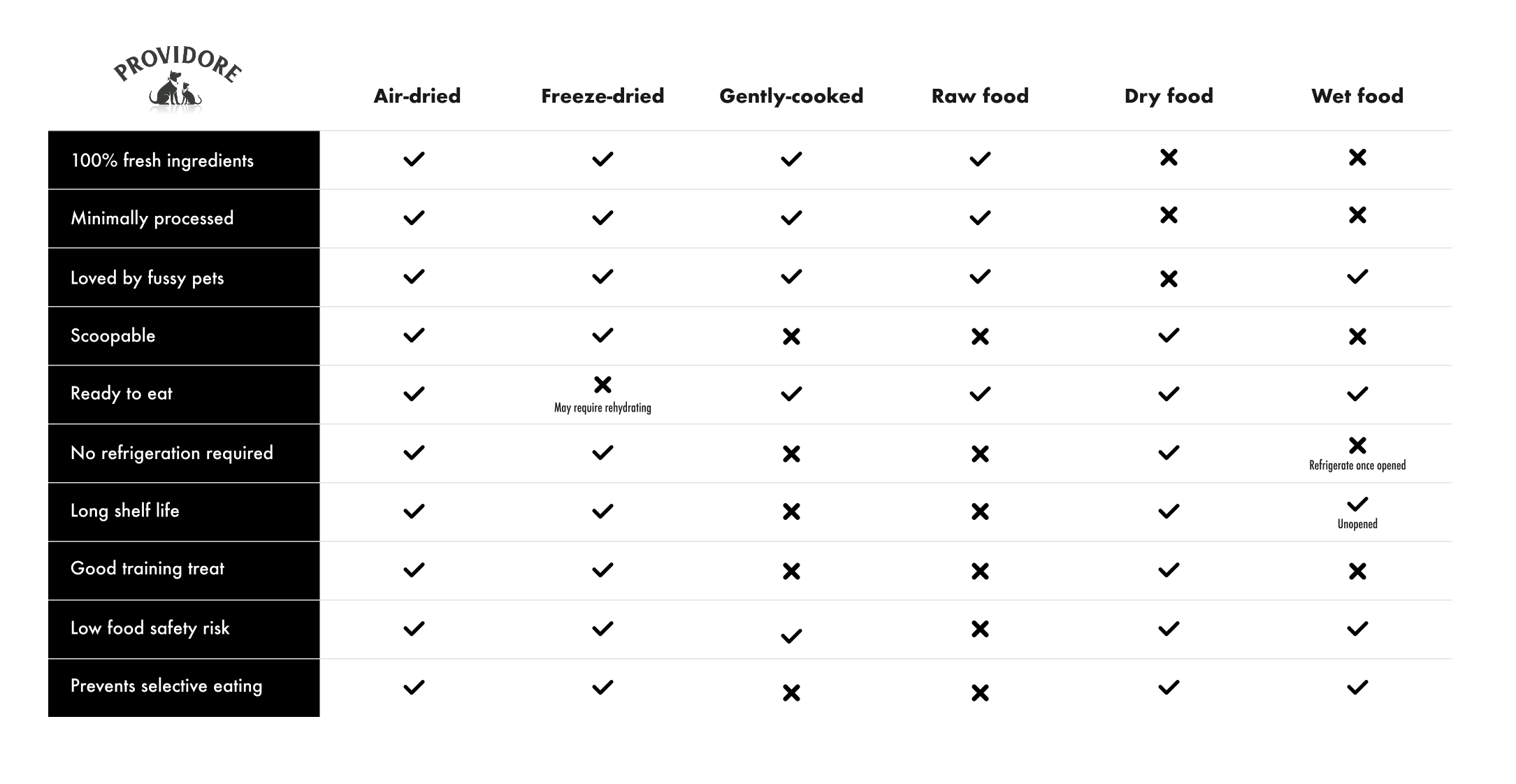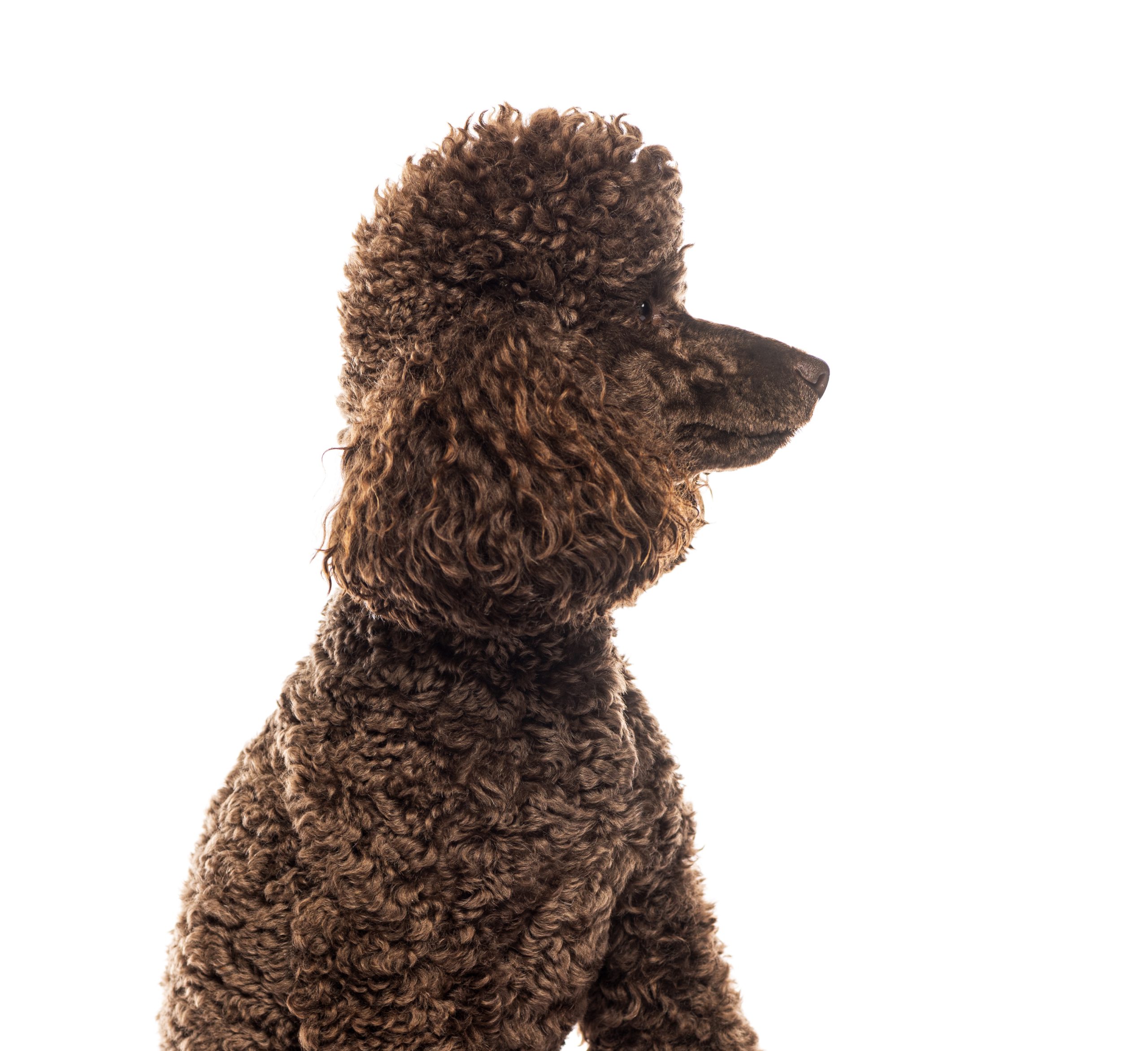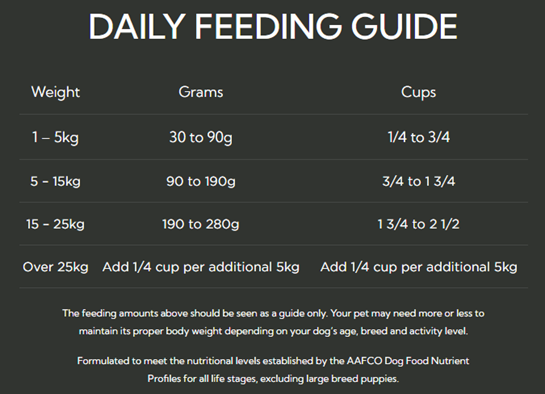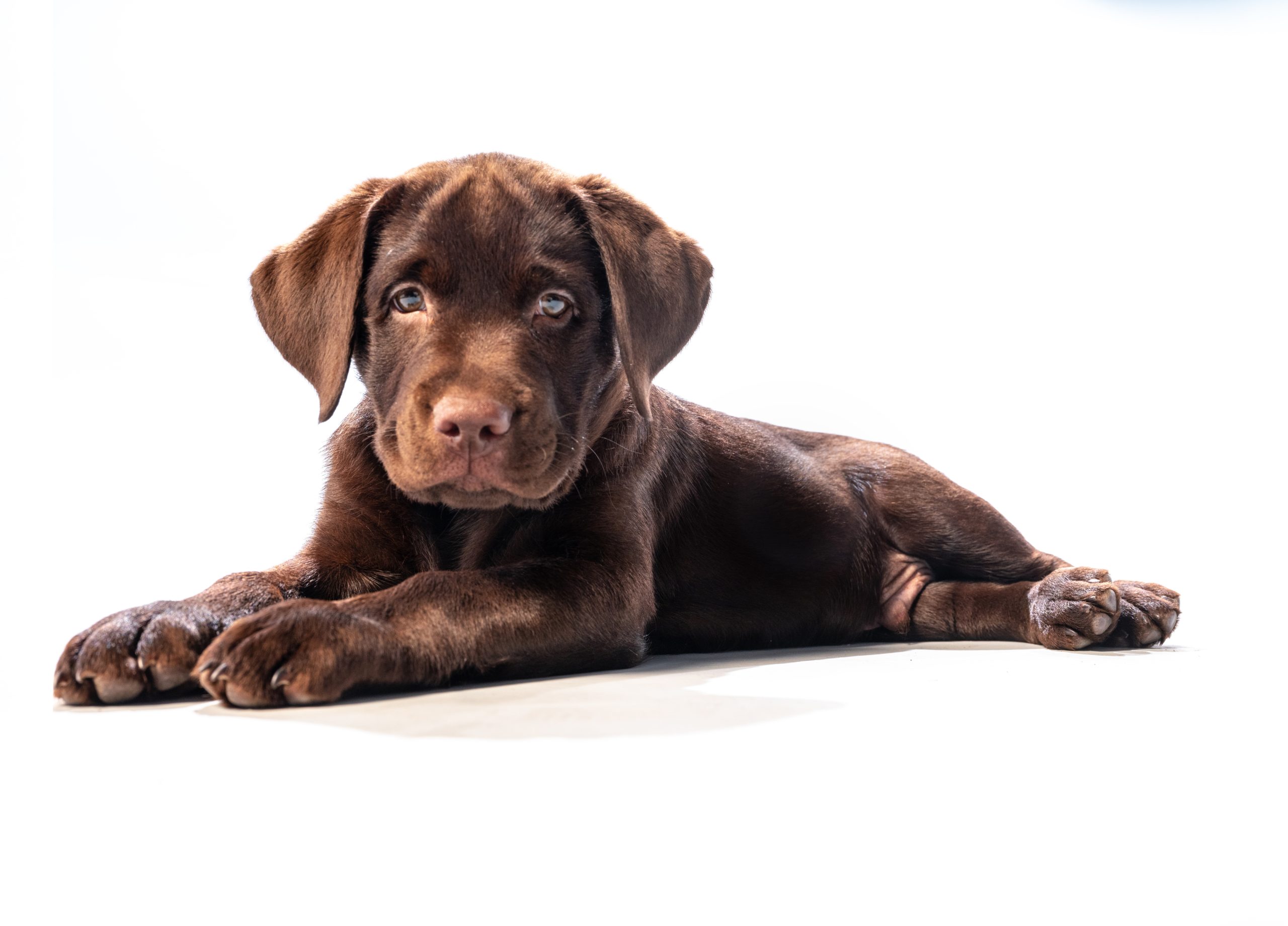Wet dog food
Wet dog food offers a range of textures, from stews to chunks to pâte, for dogs to enjoy. This shelf-stable option appeals to dogs’ senses with its strong aroma. Generally packaged in cans or sachets, the high-water content can make wet dog food a less economically friendly option when compared to kibble and air-dried foods, as the equivalent serving size required to meet a dog’s daily nutritional needs is greater.
Raw dog food
Raw diets aim to mimic the diet of ancestral canines in the wild. It involves raw, uncooked ingredients and high amounts of meat and sometimes offal. Some people opt to make their dog’s raw diet at home, which, unless following a recipe approved by a qualified animal nutritionist, may not be complete and balanced. When feeding BARF, it can be challenging to source ingredients, takes time to prepare the food, and is also smelly and messy compared to other, more convenient diets.
Take care if feeding your dog a raw diet. Because the ingredients are not cooked, they do put your dog at higher risk of food borne pathogens, including bacteria and parasites. Practice good hygiene when handling raw diets, washing your hands and any instruments and surfaces used thoroughly after touching raw food.
These diets often have short shelf lives and need to be kept frozen or refrigerated. Like wet food, a fully raw diet can get expensive due to the volumes required to meet your dog’s daily needs.
Fresh, gently cooked dog food
Fresh dog food uses wholefood ingredients, which may even be human grade, and gently cooks them to improve food safety. Like raw food, some people cook fresh meals for their dogs at home, which may lead to nutritional imbalances if not following a complete and balanced diet, but there are many commercially prepared options available.
Freeze-dried dog food
Freeze-dried dog food is typically made up of raw ingredients that have undergone a freeze-drying process to remove moisture. The final result is a highly palatable, shelf stable product with nutrients that have not been altered by heat.
Like raw food, freeze-dried food may have higher risk of food-borne pathogens compared to cooked diets. The risk is lower than a traditionally raw diet, but not all pathogens are fully eliminated by the process. It can also be more expensive, due to the process, and many freeze-dried diets recommend rehydrating the food before your dog eats it, adding an extra step to mealtimes.
Maximise benefits by mixed feeding
Rather than sticking to a single food format, many dogs love eating a combination of food types. They enjoy the variety of textures, flavours, and aromas.
Air-dried foods like Providore offer a quick, easy and nutritionally sound topper to sprinkle your dog’s diet with happy, healthy additions to their main meal. Providore is complete and balanced, so also makes a good base to mix with wet food, kibble, or fresh and raw diets.
When mixed feeding, take care not to overfeed. The food you use as a base should make up 70% of your dog’s daily calories. The topper you mix in or add on top should not be more than 30% of your dog’s daily calories.
